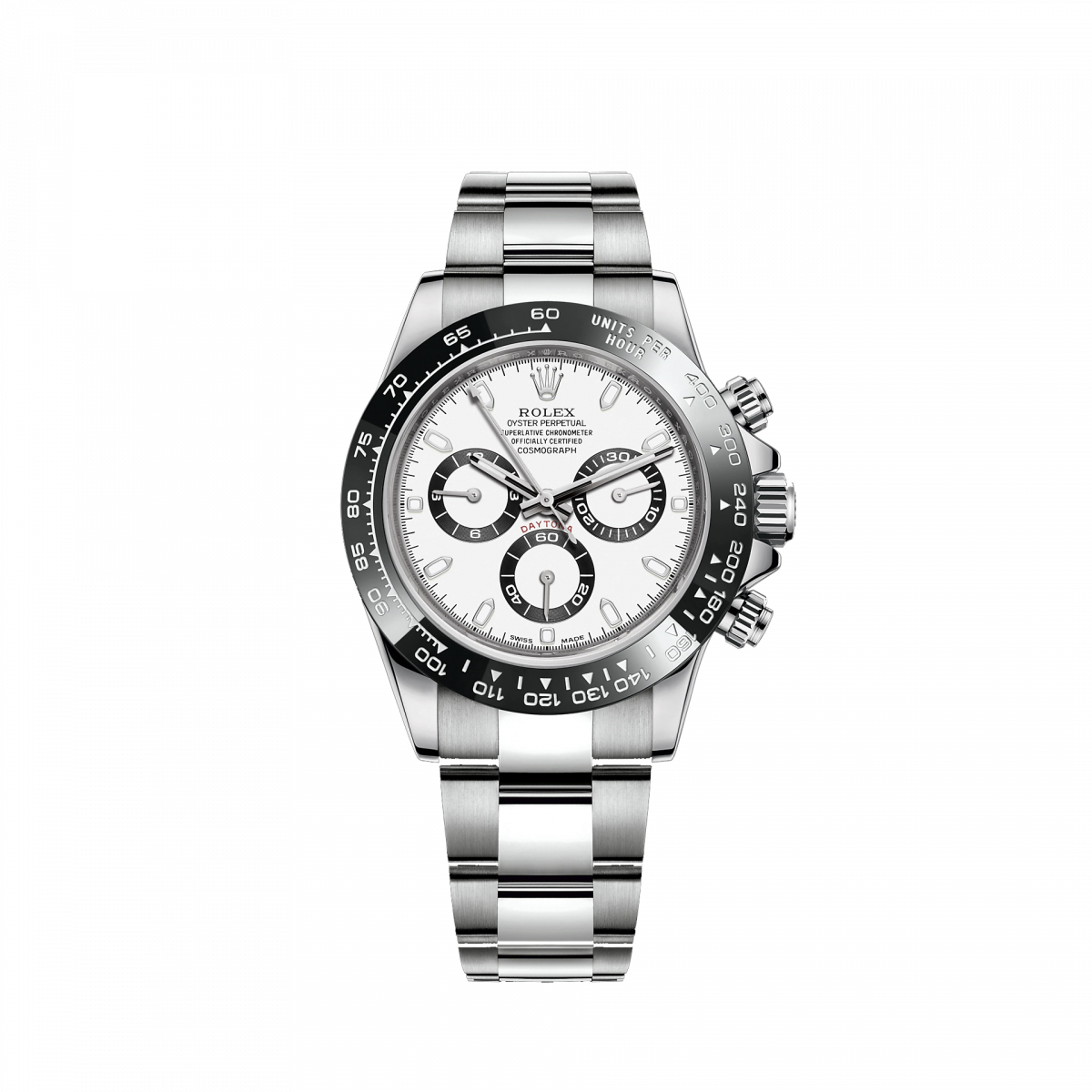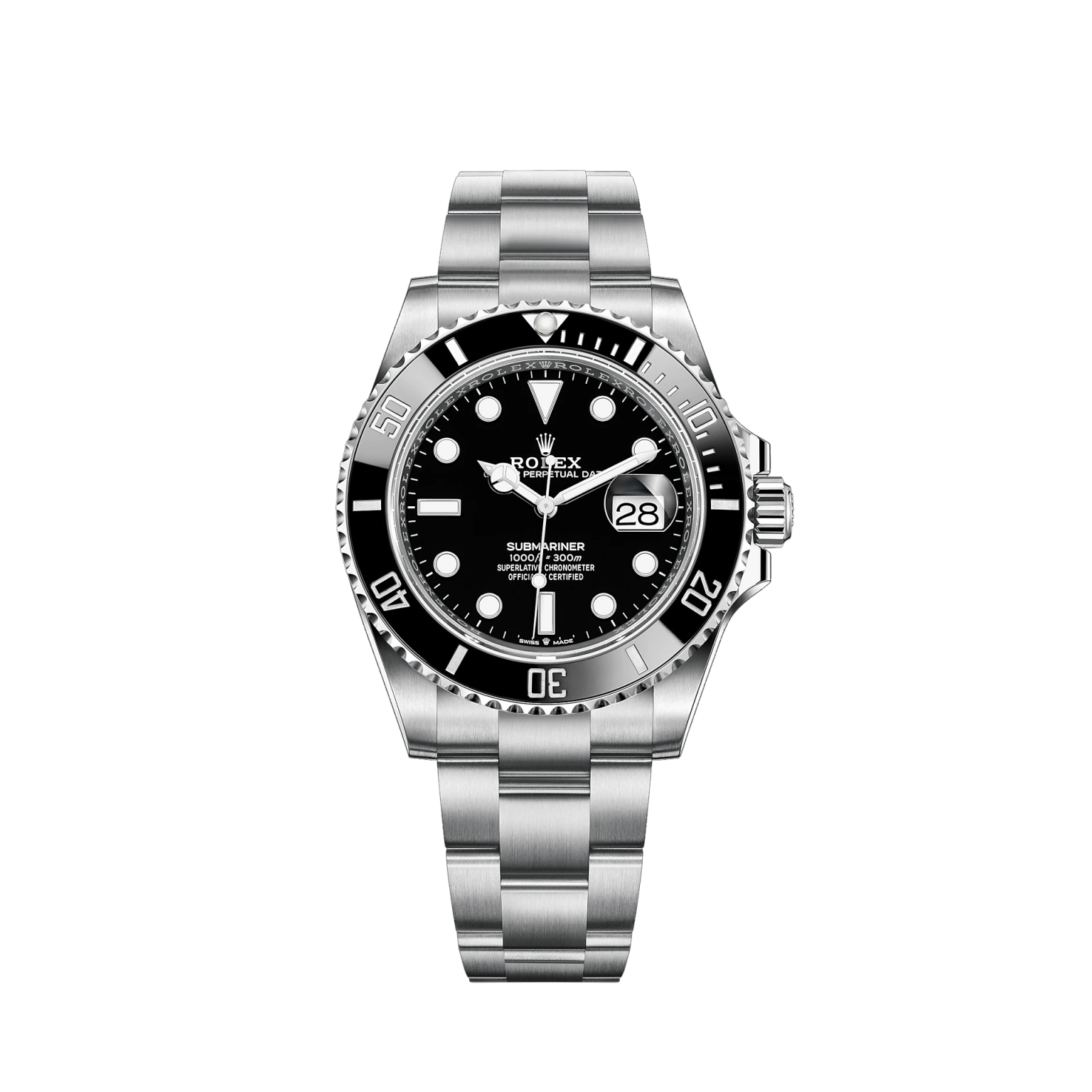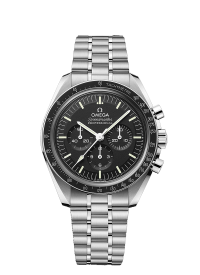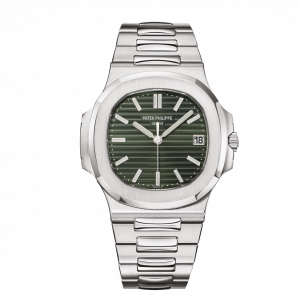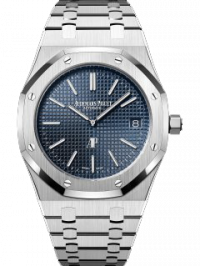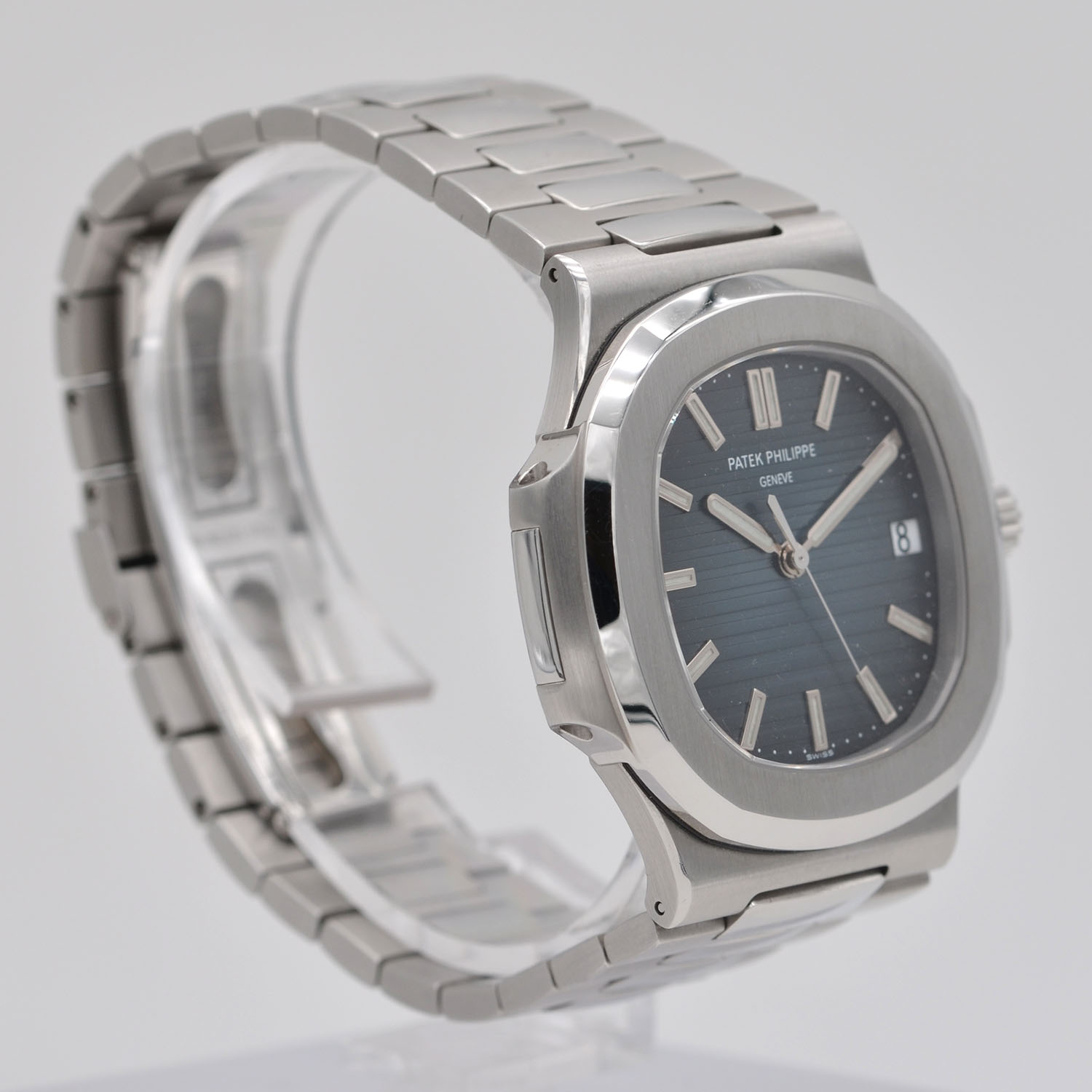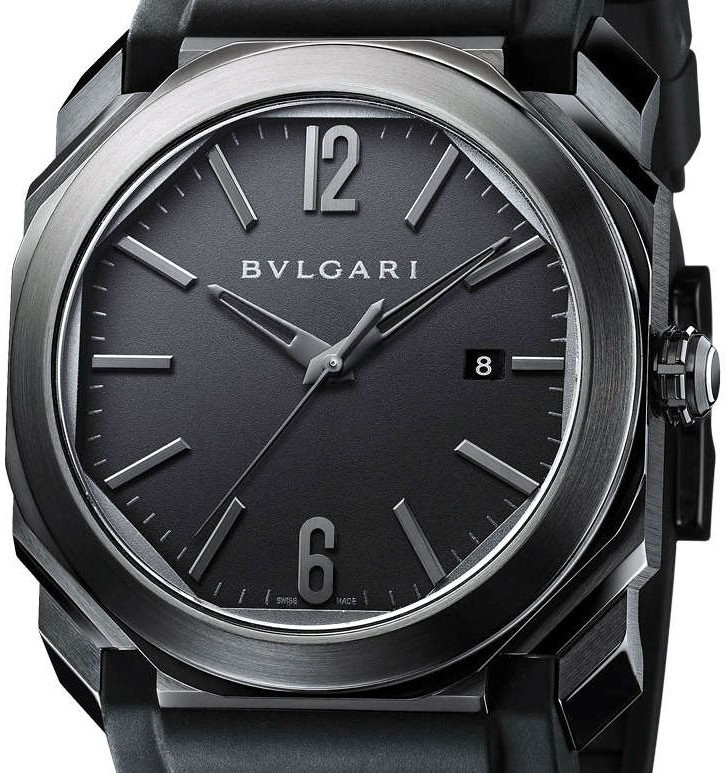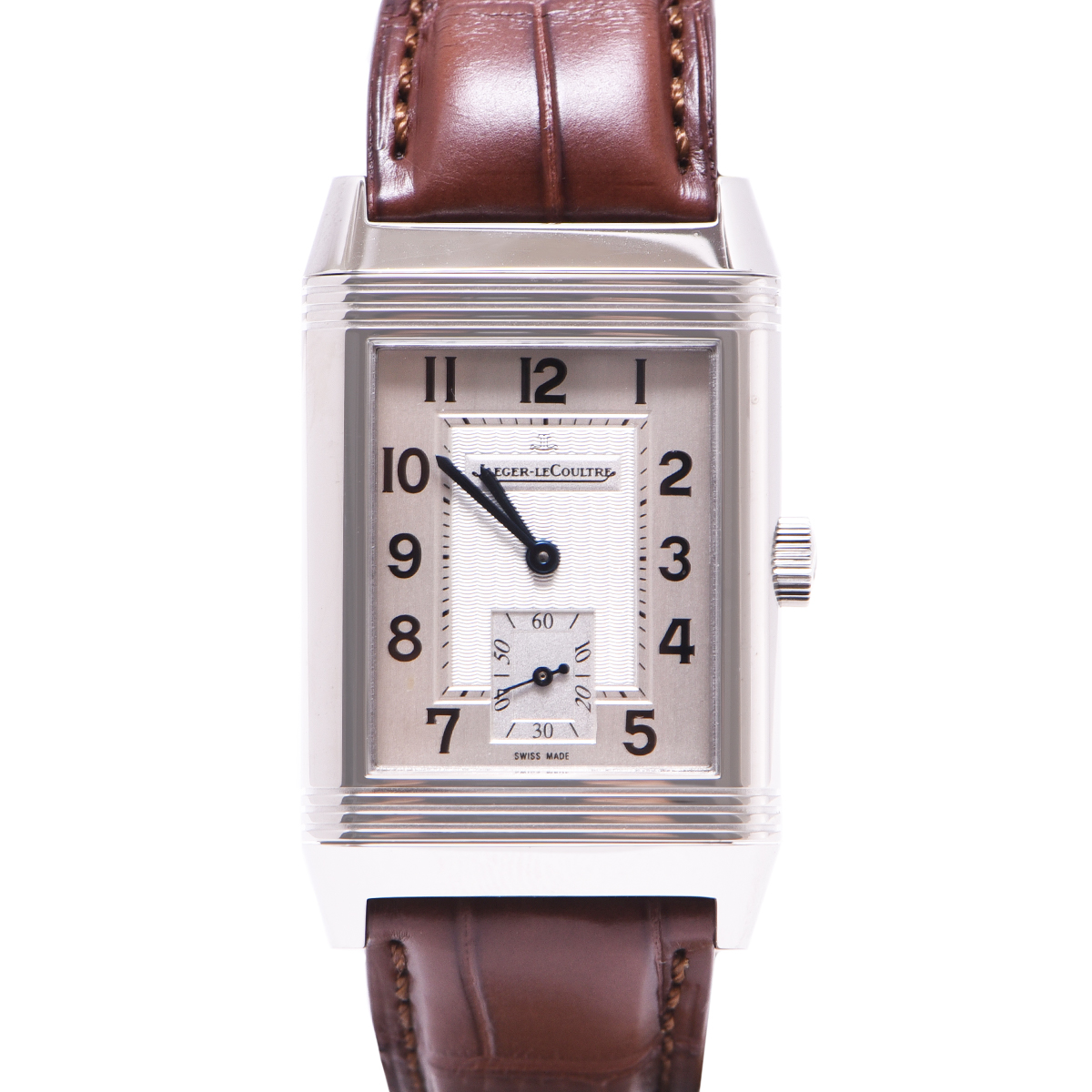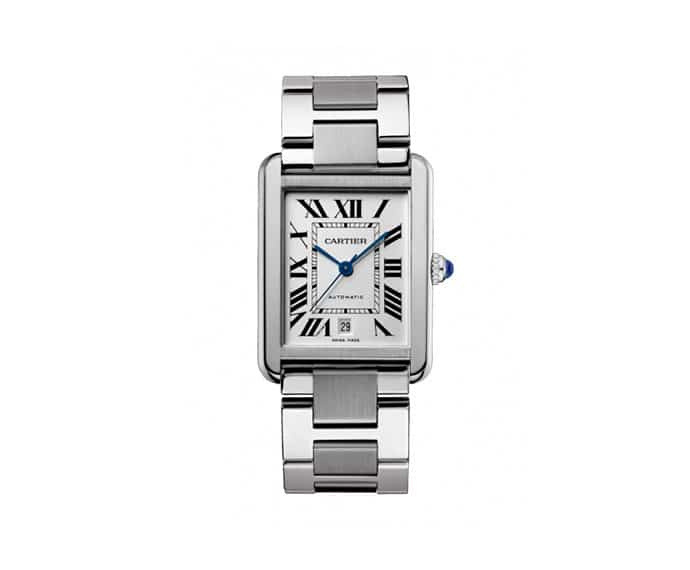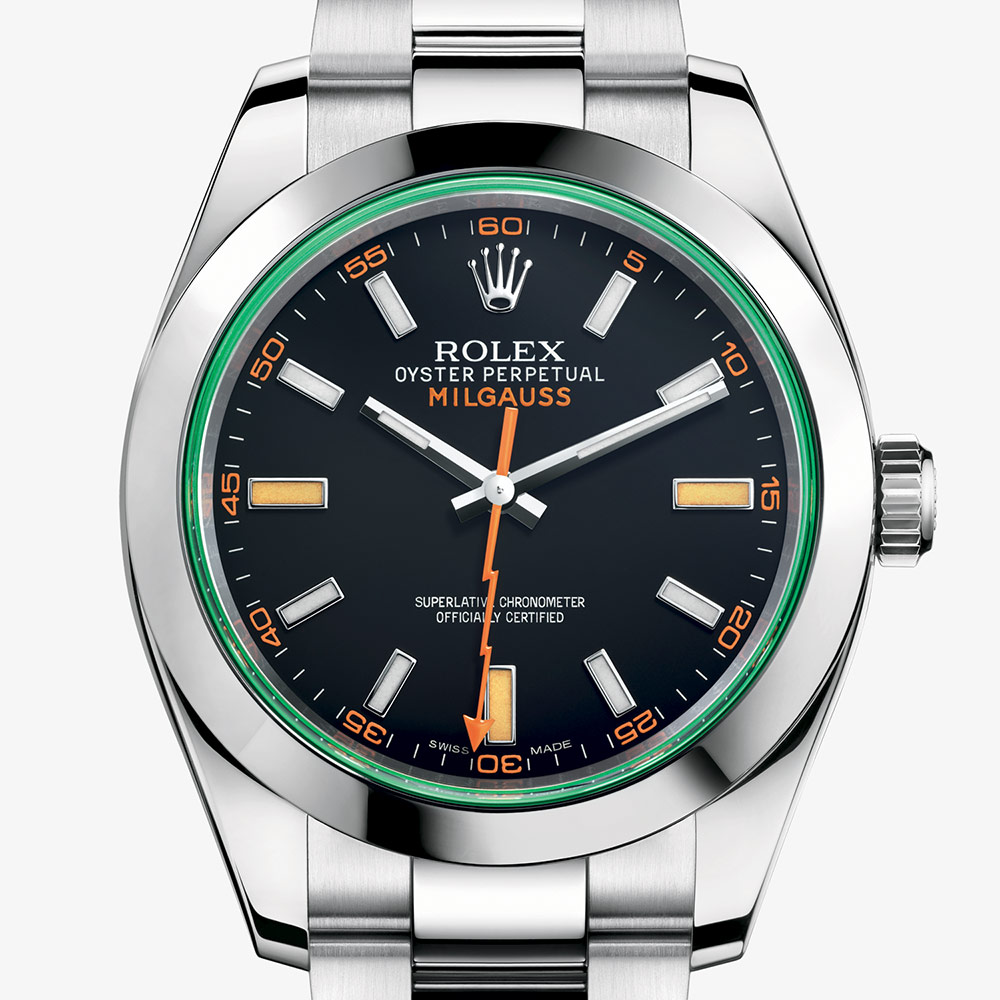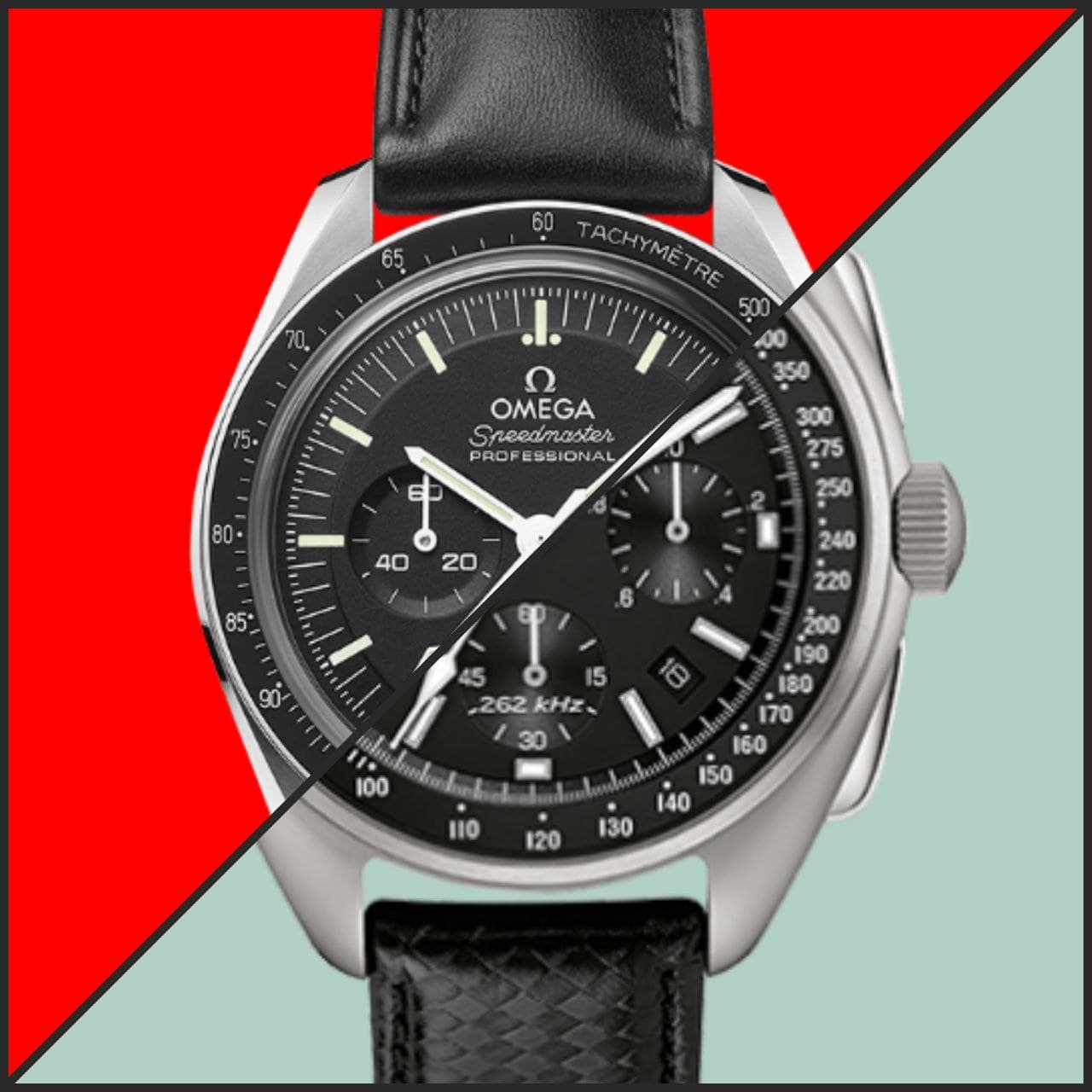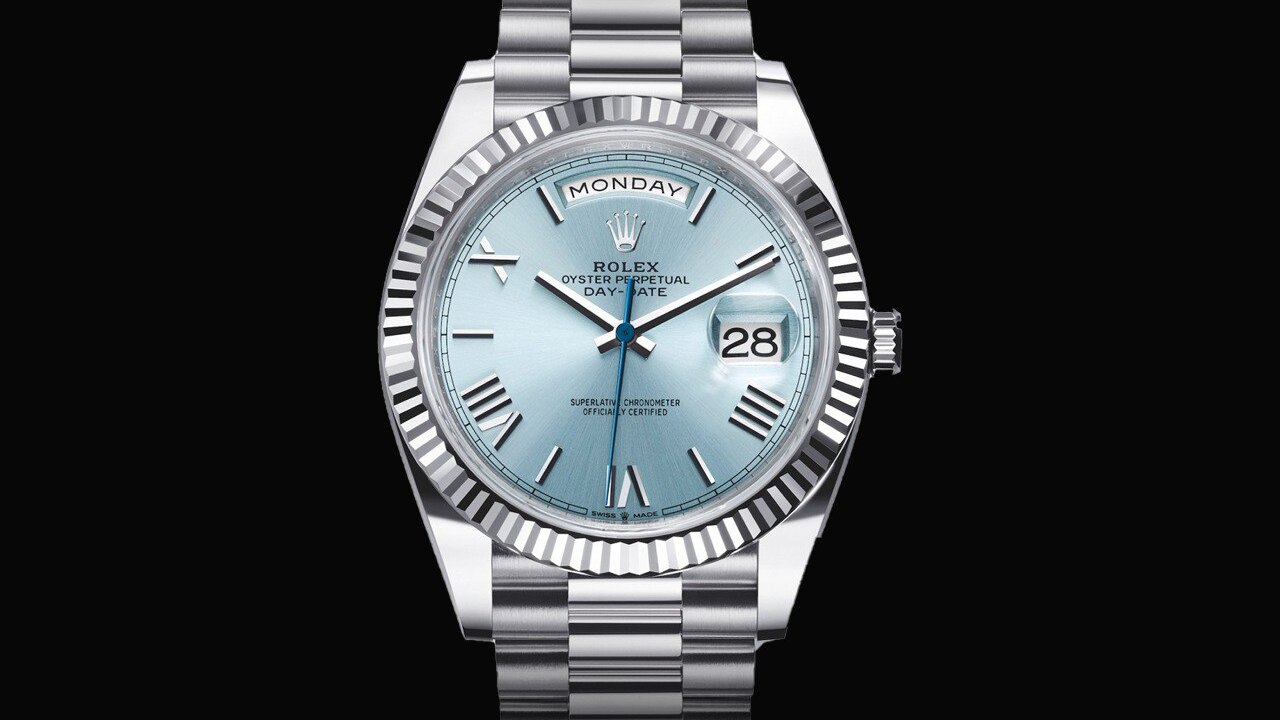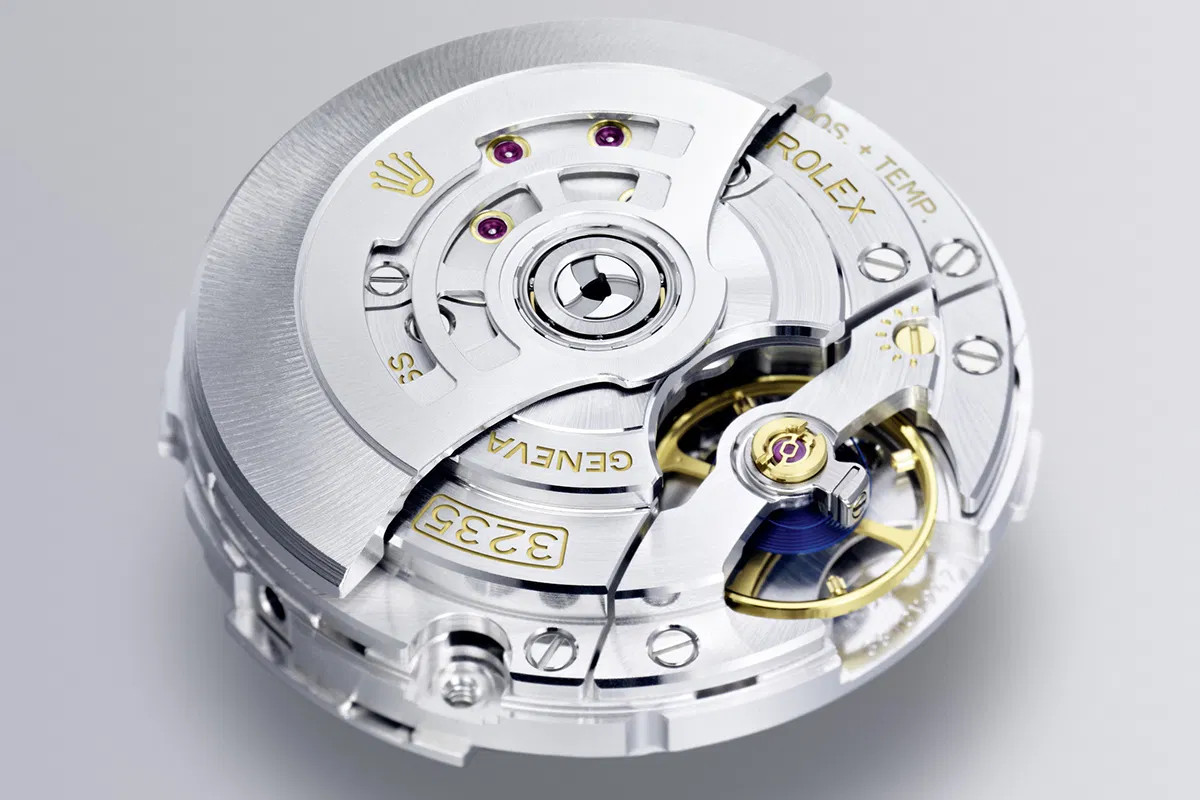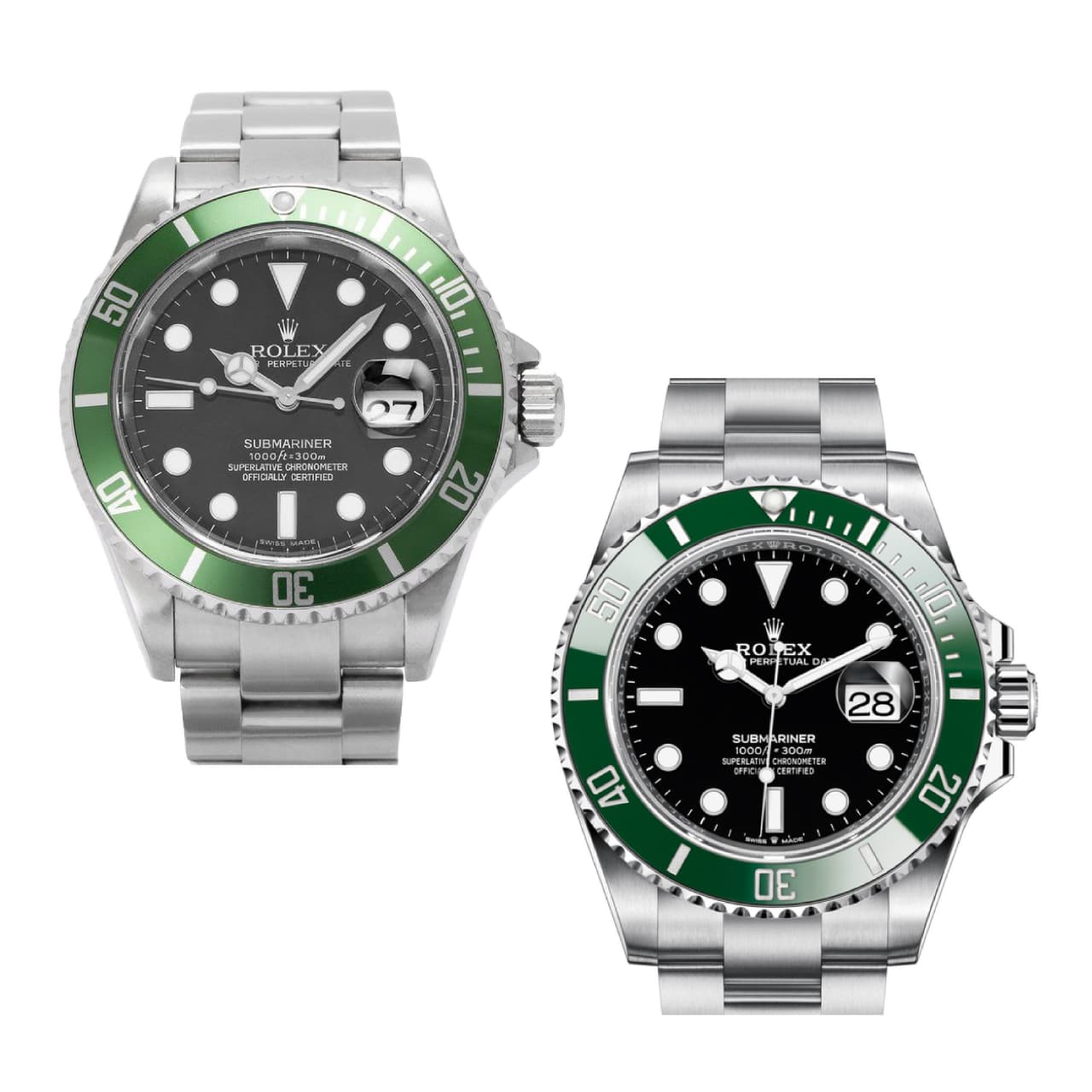Dr. N.
When the Rolex Submariner it's not enough anymore, extreme diving requires extreme tools. Because of this Rolex, in the sixties, began to develop the line Sea-dweller, aimed at the most demanding dive operators of all, those who require truly extraordinary resistance to immersion.
Let's see together how the line was born Rolex Sea Dweller e Sea-Dweller Deepsea, and to what technical heights – or should we say abysses? – has it been able to reach over the years.
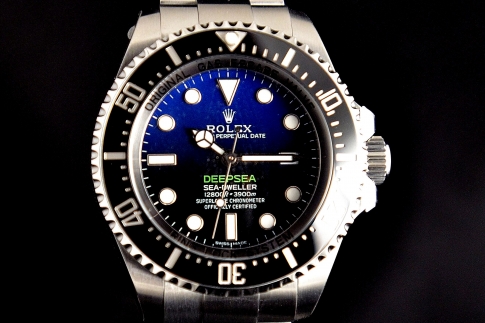
Il Rolex Sea-Dweller Deepsea “Deep Blue” created in honor of the feat of James Cameron, the first to descend solo with a bathyscaphe into the Mariana Trench in 2012.
Rolex Sea-Dweller: the origins
We are in the sixties. Underwater exploration is on everyone's lips: even if it seems difficult to imagine today, in this period the idea of building entire cities on the ocean floor is considered a realistic prospect, on a par with the creation of extraplanetary colonies. These are the years of challenge between USA and USSR for the conquest of space, but they are also those of the oceanographic explorations of Costeau and Piccard. While the first makes the famous Rolex Submariner, the latter popularized Rolex technology for diving to great depths.
Piccard's feat, bringing the bathyscaphe Trieste at the deepest point existing in our oceans, it is already exceptional in itself. The Trieste reached a depth of 1960 meters in 10.916, with on board Piccard e Walsh: the The Mariannes Trench it is conquered. A prototype of Rolex Deep Sea Special It is fixed outside of the submarine's hull: it easily survived the harsh test, resisting the very strong pressures and temperature variations of this historic descent.
The experience gained from Rolex this extreme undertaking was put to good use in 1964, with the launch of the Rolex Sea Dweller. From Piccard's feat, the Rolex Sea Dweller It has a more robust construction than the Rolex Submariner, which allows it to resist water pressure up to a depth of 500 meters. But the feature that really distinguishes the construction of this watch is the helium escape valve. What is the reason for it being included?
To answer that, we need to move from the Pacific to the Caribbean, where the U.S. Navy is conducting the experiment SeaLab, aimed at verifying the possibility of creating stable underwater habitats, capable of hosting human beings for a long time in capsules placed on the seabed. The air inside thehabitat contains, in addition to normal oxygen and nitrogen, a part of helium. This inert gas has the characteristic of dissolving rapidly in human tissues without interfering with vital functions, avoiding the phenomenon known as nitrogen narcosis, caused by the interference of the gas most present in our atmosphere with neural tissues, a problem that manifests itself beyond 30 meters of depth.
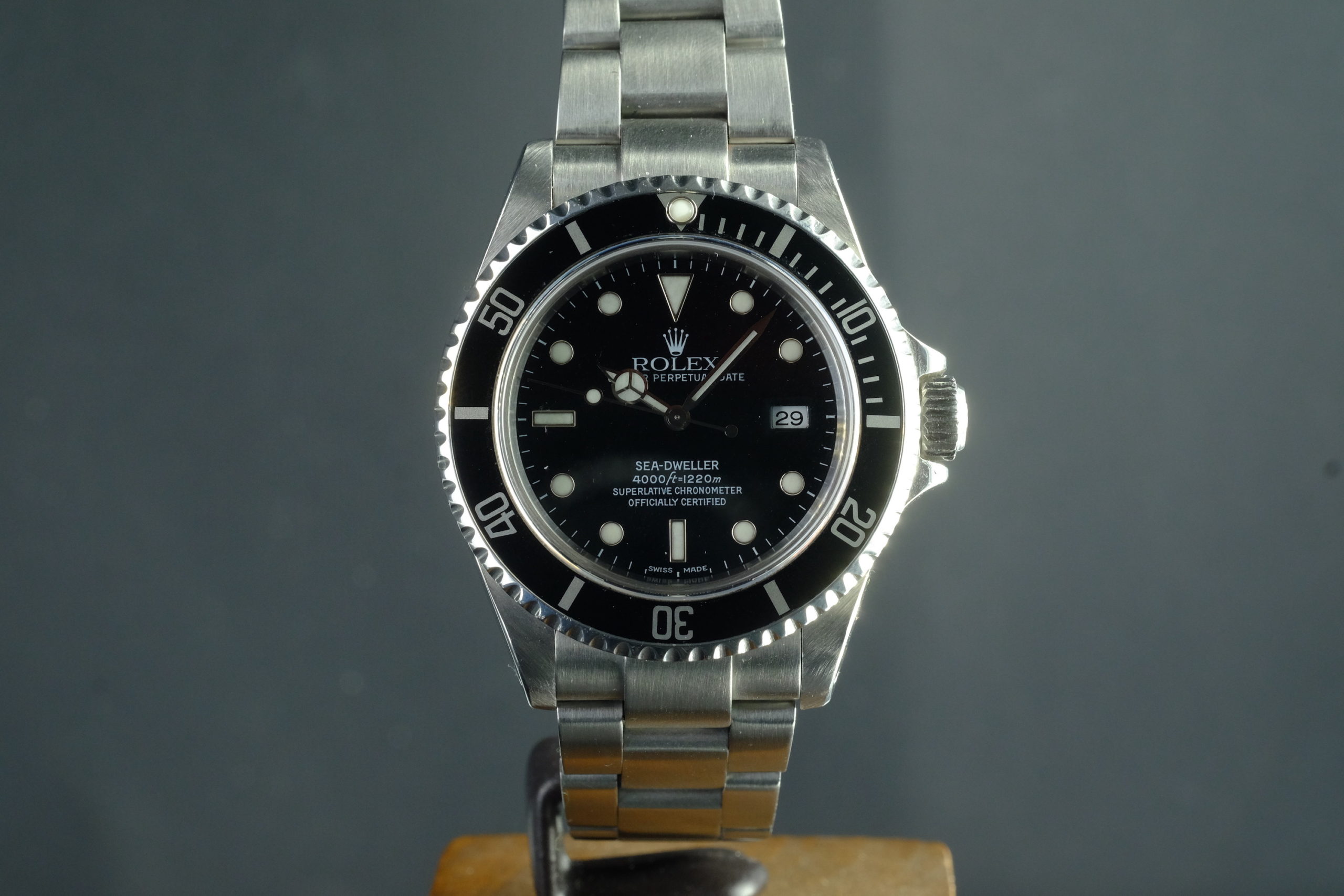
Un Rolex Sea Dweller vintage
The contraindication given by the use of helium is already detected during the first experiment, that of SeaLab 1, in which the aquanaut Robert Barth notices an unpleasant phenomenon: during the ascent, and the relative decompression, the plexi glass of his Rolex Submariner it bursts and is ejected from the clock. The problem, as he immediately realizes, is caused by the helium present in the capsule's atmosphere. Helium penetrates through the steel of the case during the compression phase, saturating the inside of the watch. As long as the capsule remains on the bottom, no problem: the pressure inside and outside the case is equalized. When you return to the surface, the air pressure reduces, but the helium cannot exit the watch as quickly as it entered. Barth, in addition to understanding the cause of the problem, also proposes the solution that characterizes the entire Sea-Dweller and Deepsea line: the helium escape valve. It is a system that, without adding procedural burdens to the user - as happens for example in theOmega Seamasters, where the valve is operated manually, but in a completely automatic way, it releases the excess helium present inside the case in a controlled manner.
The Rolex Sea-Dweller Deepsea
Rolex's pursuit of maximum diving capability did not stop in the 2008s. In XNUMX, a model was introduced which, despite the name classifying it as part of the Sea-Dweller line, is in fact a completely new product: the Rolex Sea-Dweller Deepsea. This remarkable technical discovery introduces numerous innovations that allow the watch to function regularly up to the impressive depth of 3900 meters. The Rolex Deepsea, in addition to the helium valve already present on the Rolex Sea Dweller, boasts a sealing system called "Ring Lock". This innovation consists of a metal ring made of a special alloy on which the domed sapphire crystal that protects the dial insists, allowing the pressure generated by the water to be distributed along the circumference of the glass itself and discharged onto the robust internal ring. The case back is also made differently than normal ones Rolex: there is an external threaded ring that compresses the actual caseback, made of titanium, a material that is more impervious to the penetration of helium than steel.
Il Rolex Sea-Dweller Deepsea it is easily recognizable, compared to Rolex Sea Dweller, as it has larger external dimensions, the Ring-Lock sealing ring visible along the periphery of the dial, and the convex sapphire crystal, without the Cyclops lens which magnifies the date on the Rolex Sea Dweller and on other sports Rolexes with date displays. In fact, the convex construction of the glass currently makes it impossible to attach a magnifying glass.
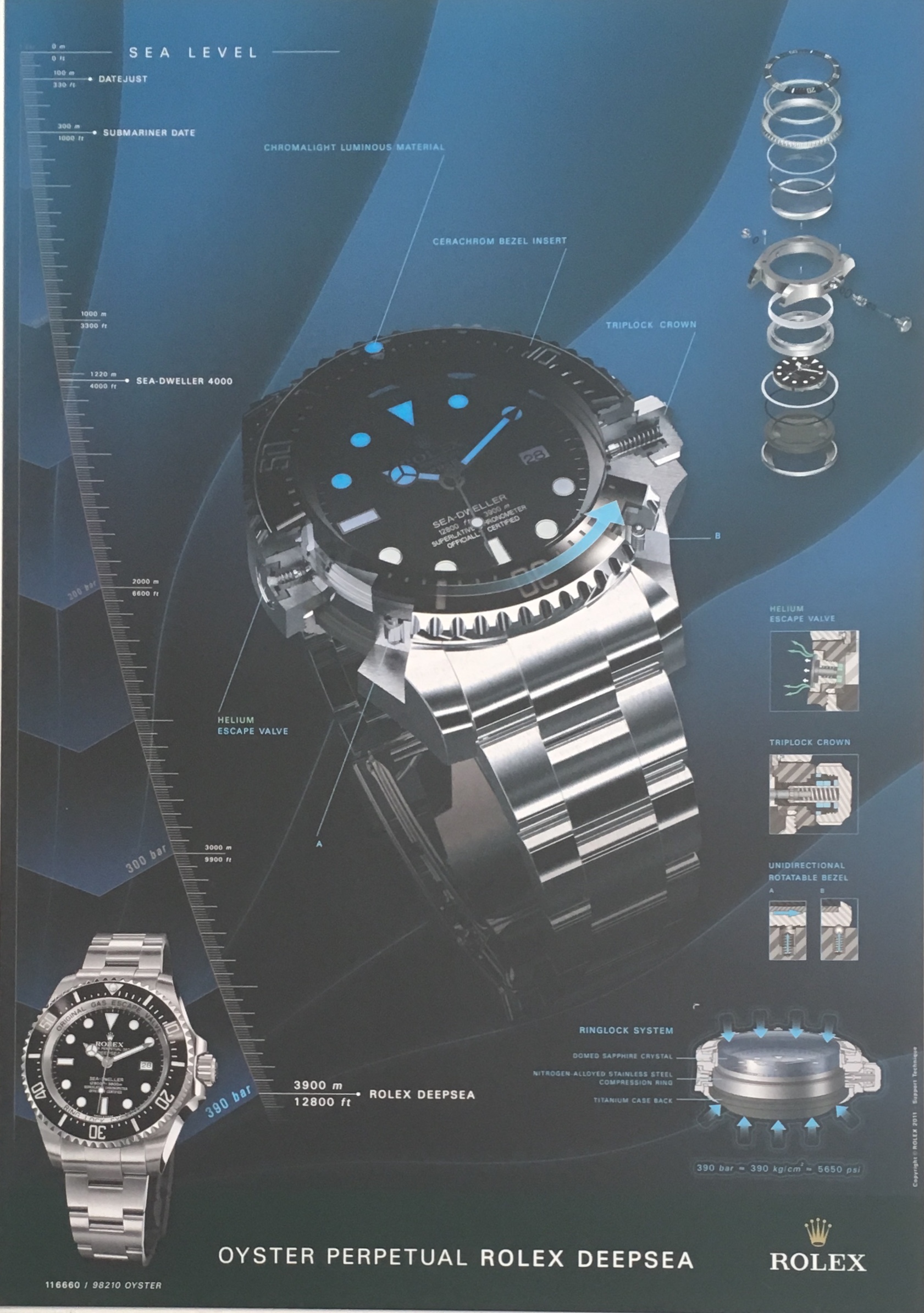
Il Rolex Sea-Dweller Deepsea and the Rolex Sea-Dweller today
Today, the Rolex Sea-Dweller Deepsea and Rolex Sea Dweller they are two models that carry forward the legacy of the era of great exploration which Rolex participated by providing timepieces that were robust, reliable and capable of functioning in extreme conditions. Although very few of the buyers will use the helium valve, i RolexSea-dweller e Sea-Dweller Deepsea they are appreciated as they are capable of distinguishing themselves from the "ordinary" Rolex Submariner, still carrying with it some of the aura of adventure with which Rolex, before becoming one status symbol, has become famous in the past.
A final curiosity: why the name "Sea-dweller“? In English, it means "tenant of the sea": this watch, as we have seen, was created for those who had to spend long periods in underwater capsules. We even go so far as to hypothesize the creation of underwater cities: but the cold, the unavoidable humidity and, above all, the constant darkness of the ocean depths have convinced explorers to turn to another frontier, space. But this, as they say, it's another story...


